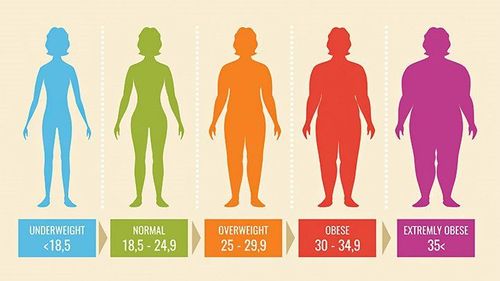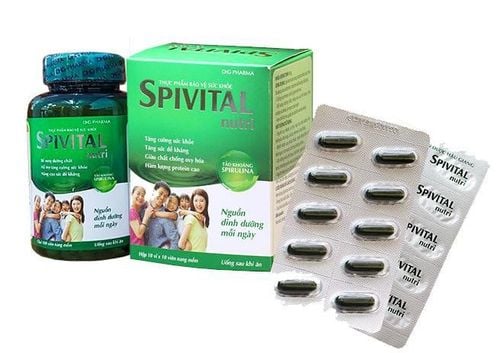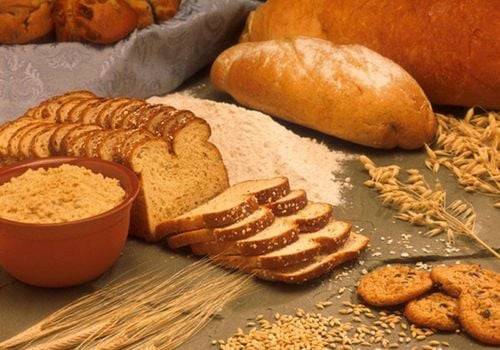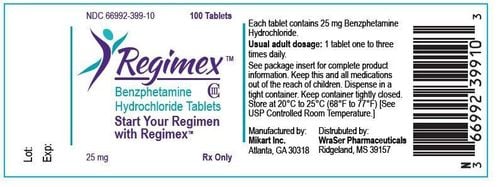This is an automatically translated article.
Food packaging is always full of information about the nutritional indicators contained in it. Knowing how to read the nutritional indicators on food packaging will help each person choose the right food to build a scientific and healthy diet.1. What is the nutritional index label on food packaging?
According to the law, all packaged foods must have nutrition labels on them. Based on the nutrition label, consumers will know the amount of calories and nutrients in each serving and make the right decision to buy the right product. This is especially important for people who are being treated for chronic diseases such as high blood pressure, diabetes, etc., who need to follow a healthy diet.The nutrition label mentions the content of nutrients as fat, protein, starch, sugar, fiber, sodium, vitamins and minerals,... Depends on diet and condition Health status, each person can calculate the above parameters, have the right choice of food, use it in sufficient quantity to provide enough energy for the body and minimize the risk of causing problems. health.
2. How to read nutrition labels on food packaging
The information mentioned about the nutritional index on the food packaging includes:2.1 Servings The first information mentioned in the nutrition facts on the food packaging. Usually, the nutrition label will list both the standard serving size information and the number of servings in each food package. Rations are usually standardized in terms of the same units as: grams, milliliters, pieces,...
A serving is a standard of food for a person in a day, meeting the nutritional and energy needs of a person. body. Diet has a great influence on the amount of calories and the nutritional composition in it. Therefore, users need to pay attention to the portion in the food package to avoid consuming too large a serving (equivalent to eating a lot of calories, which can lead to weight gain).
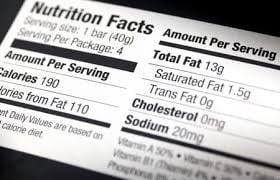
Khẩu phần là thông tin đầu tiên được đề cập trong thành phần dinh dưỡng trên bao bì thực phẩm
Calories on food labels include 2 values: General calories and calories derived from fat. The number of servings determines the amount of calories consumed. Paying attention to the calories on food labels will help each person control his or her weight.
About calorie levels in food: 40 calories is low, 100 calories is medium and 400 calories is high. If you consume too many calories per day, it will increase the risk of overweight and obesity. Therefore, each person needs to control their diet by comparing the calories on food packaging, not consuming more than the limit. 2.3 Substances that need to be supplemented
On the nutrition label, the substances that need to be supplemented by the body are usually shown in blue. These substances include: Fiber, vitamin A, vitamin C, calcium and iron. Eating enough of these substances will help improve health and reduce the risk of many diseases. Specifically, adequate calcium supplementation helps reduce the risk of osteoporosis; eating enough fiber will promote bowel movements; A diet rich in fruits, vegetables, whole grains, low in saturated fat and cholesterol, ... helps reduce the risk of heart disease.
2.4 Substances to limit Substances to restrict on the nutrition label of foods are usually shown in yellow boxes. These include fats, including saturated and trans fats, cholesterol and sodium,... as they can lead to an increased risk of chronic diseases such as heart attack, cancer or high blood pressure. ,... Therefore, each person should limit their fat intake to have a balanced diet and good health.
2.5 Percent Daily Value The Nutritional Value Percentage is usually shown at the bottom of the Nutrition Facts label, indicating that each standard serving size (2000 calorie diet) per person What percentage of nutrients does the body provide? Foods are considered low in nutrients if their content is less than 5%, and high in nutrients when their content is 20% or more.
The daily nutritional value is calculated based on an average diet of 2,000 calories per day. If a person is eating less or more of these calories each day, the percentage of the daily value should be adjusted accordingly.
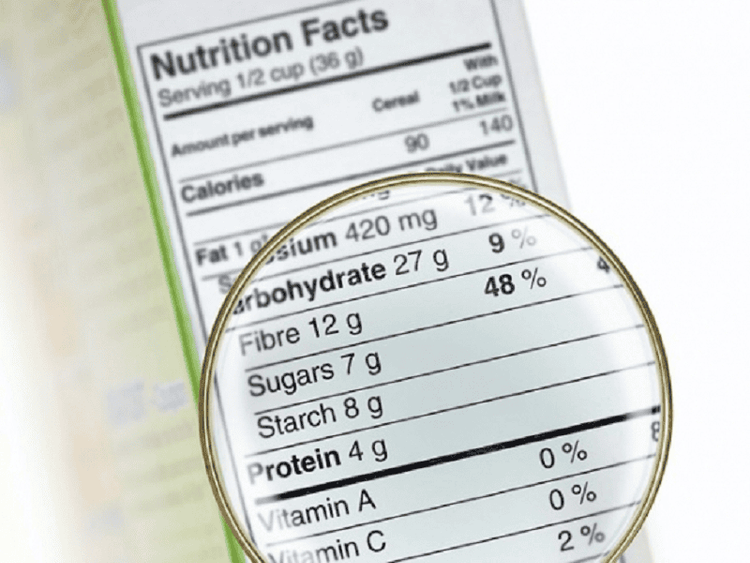
Giá trị dinh dưỡng hằng ngày được tính dựa trên chế độ ăn uống trung bình là 2.000 calo mỗi ngày
3. Suggestions on the amount of nutrients should be consumed daily
Saturated fat: May increase the risk of cardiovascular disease. An adult should eat no more than 20g of saturated fat per day; Trans fats: Increases the risk of heart disease. It's best not to eat trans fats. This substance is often used in fried foods, margarine and snacks; Cholesterol: Normal healthy people should only eat less than 300mg/day and people with heart disease should only eat less than 200mg/day; Fiber: Helps the body digest food, reducing the risk of heart disease and diabetes. A food is considered high in fiber if it contains more than 5g of fiber per serving. Men under 50 should eat at least 38g of fiber per day and women under 50 should eat at least 25g of fiber per day. Fiber is abundant in fruits, vegetables and whole grains; Vitamins and minerals: Priority should be given to foods with nutrition labels that mention vitamin A, vitamin C, calcium and iron; Salt: Healthy people should eat less than 2,300mg of salt/day. People with kidney disease, osteoporosis, a history of high blood pressure and pregnant women should eat less than 1,500mg of salt/day. If you eat a lot of salt, eat more potassium-rich foods like tomatoes, bananas and orange juice to prevent calcium loss; Sugar: Contains many calories and is not good for health, so choose foods that contain no more than 5g of sugar per serving. People with diabetes need to pay special attention to the information about sugar on food packaging.4. Pay attention when reading the nutritional index on food packaging
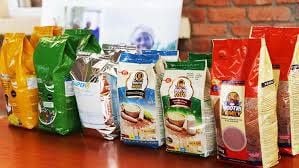
Khi lựa chọn thực phẩm cần đặc biệt lưu ý ngày sản xuất và hạn sử dụng trên bao bì
Prioritize paying attention to the percentage of daily nutritional value instead of grams or milliliters; Not all nutrition facts listed on food labels are healthy; Calorie intake is not required to be 2,000 calories/day as shown on food labels; It is necessary to regularly monitor the amount of servings per day to calculate the value of nutritional ingredients on food labels; Pay extra attention to the date of manufacture and the expiry date of the food. The nutritional index on food packaging is very important information for each person, especially for those who are on a diet or in the process of treating chronic diseases such as blood pressure, diabetes, kidney disease, cardiovascular disease. , obesity,... Reading and understanding the nutritional components of food helps consumers actively prepare balanced and nutritious meals for themselves and their families.
Vinmec International General Hospital with a system of modern facilities, medical equipment and a team of experts and doctors with many years of experience in medical examination and treatment, patients can rest assured to visit. examination and treatment at the Hospital.
To register for examination and treatment at Vinmec International General Hospital, please book an appointment on the website for service.
Please dial HOTLINE for more information or register for an appointment HERE. Download MyVinmec app to make appointments faster and to manage your bookings easily.
SEE ALSOWhat should diabetics eat instead of rice? Nutrition menu for babies at 6 months Learn about the gluten-free diet





